
Conserving and managing water sources is essential for maintaining healthy wildlife populations. This includes protecting the quality and quantity of water, maintaining natural flow regimes, and preventing pollution that can harm both aquatic and terrestrial ecosystems.
Little Habitat Certification Levels
Level I: Seedling

- Choose one action item.
Level II: Seedling
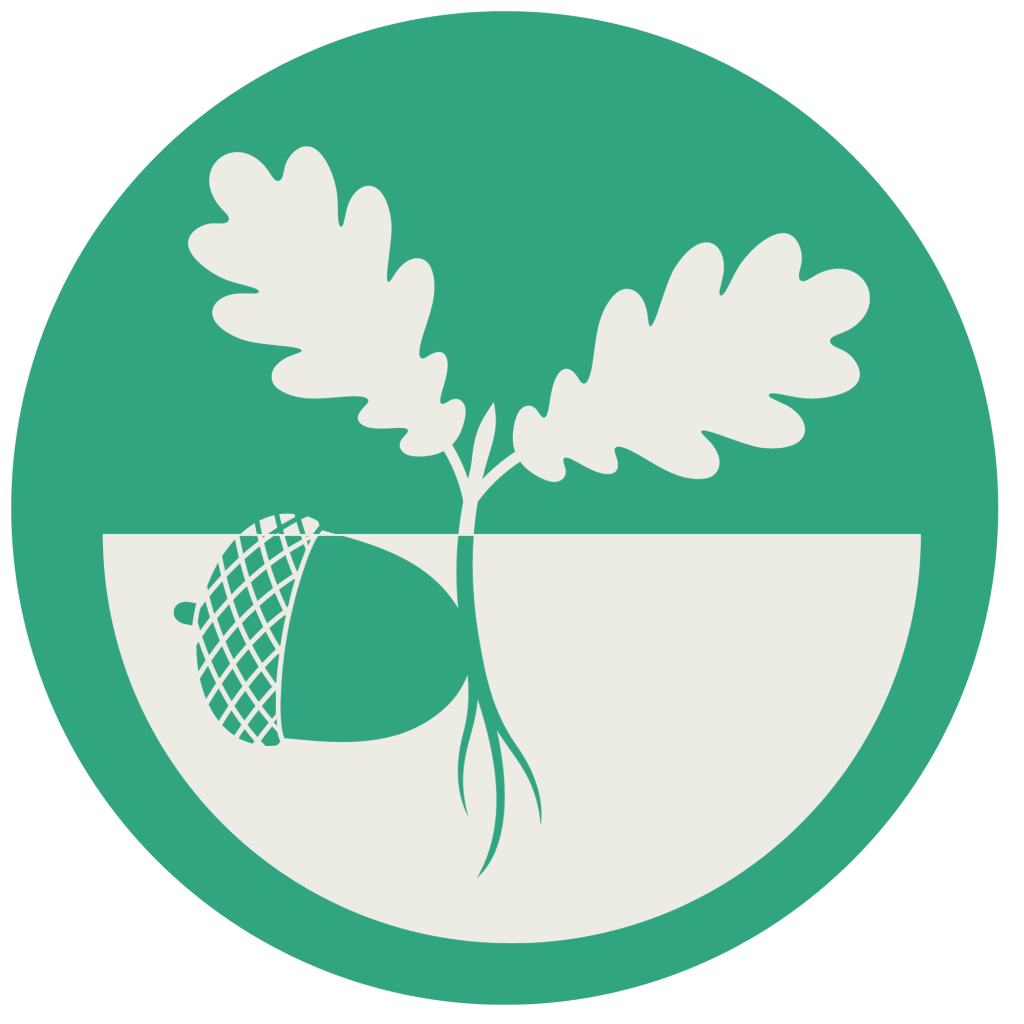
- Choose two action items.
Level III: Oak

- Choose three action items.
Water Actions
Click on any action to learn more about it.
Install a Wildlife Water Feature
Installing a wildlife water feature such as a birdbath or bubbler can help provide a natural water source for birds and insects. When installing a water feature for wildlife, it is important to consider factors such as type of water feature, its size, location, and maintenance requirements. Proper planning and maintenance are essential to ensure that the water feature remains healthy and safe to drink. Replace the water every few days to ensure it is free of animal waste, algae, and mosquito eggs/larvae.
Install a Puddling Area
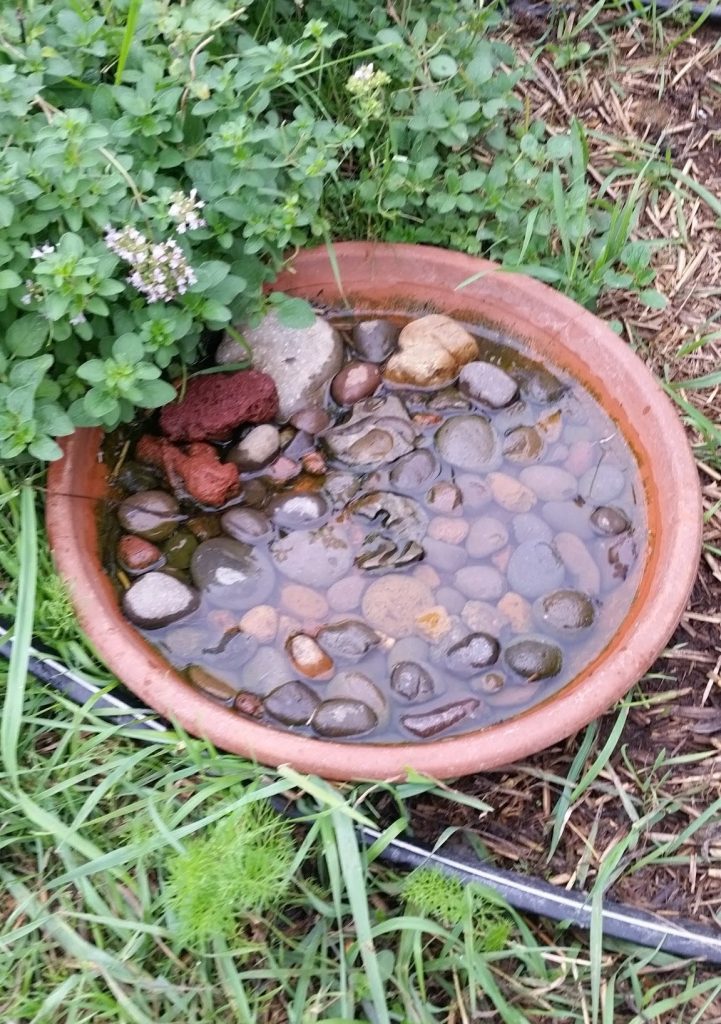
Installing a puddling area can help provide a source of moisture and essential minerals that bees, butterflies, and moths, as well as snakes and frogs depend on. This can be a shallow depression on the ground or a dish such as a terra cot plate. Keep the dish filled with fresh water and periodically replace the mineral content by adding small amounts of sand and soil. If you add sugar to the water, make sure the dish is placed on a plate of water forming a moat to avoid ants.
For More Info…
Create a Garden Pond
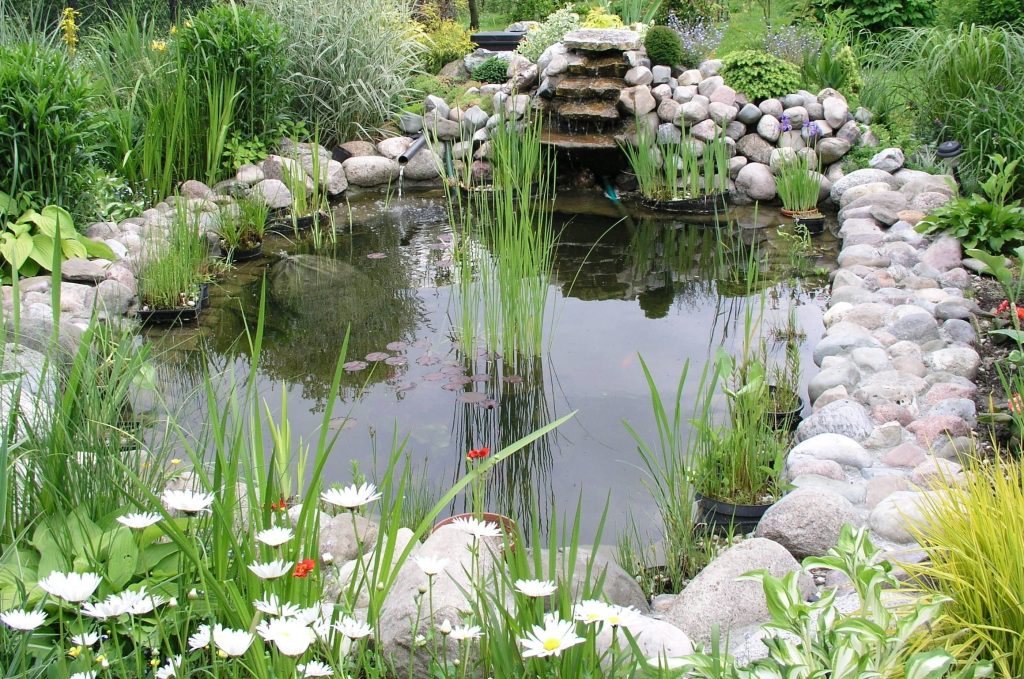
Garden ponds can support wildlife species such as dragon flies, newts, and frogs. When creating a backyard pond for wildlife, it’s important to consider factors such as size, design, plant selection, safety, maintenance, and accessibility by providing gradual edges or shallow areas to allow safe access for wildlife to enter the pond. Visit your local pond shops and garden centers to receive more advice on how to properly install a pond or work with a pond contractor directly.
Eliminate Lawn Watering
Allow the grass to go dormant during the dry months. Although it may turn brown, it will green up again as it rains in the Fall. Conservation benefits include water conservation, water cost savings, and less maintenance. You can also consider alternative landscaping practices such as xeriscaping or incorporating native plants that require less water while still enhancing aesthetic and ecological value.
For More Info…
Disconnect Downspouts (where appropriate)
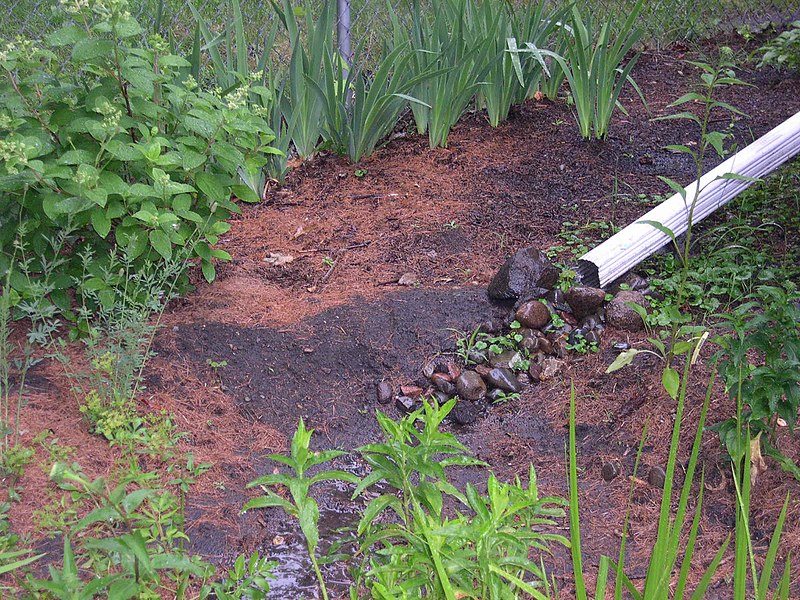
Disconnecting a downspout involves removing or detaching the downspout from the drainage system. This allows rainwater to flow onto the ground rather than being directed into storm drains or other artificial systems. Benefits include increasing water availability for plants and wildlife, decreasing the chance of flooding sewer systems, and help replenish groundwater supply. It is important to make sure that water flows away from the house and neighboring properties after the downspout is disconnected. Proper maintenance and regular inspection of your gutter and downspout system are essential to ensure proper function and protecting the property from water damage.
Install a Rain Garden or Bioswale
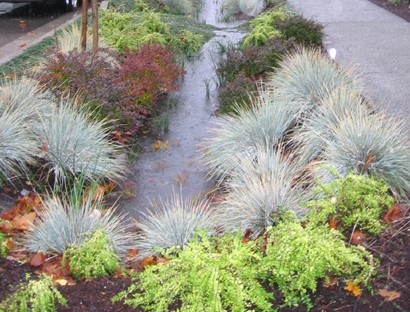
Rain gardens and bioswales are shallow depressions that are planted with native plants that help absorb and filter and reduce stormwater runoff to local waterways. Benefits include providing beneficial wildlife habitat by adding plant diversity and elevation interest to the landscape. Raingardens can be installed in low-lying areas or in areas where rainwater naturally collects. Important factors to consider when installing a rain garden include proper site location, soil texture, planting design, planning for overflow, long-term maintenance, and permitting.
Improve Irrigation Efficiency
Efficient irrigation systems save water, benefiting natural ecosystems and aquatic species. To improve irrigation, use soaker hoses, drip systems, and hand watering. Adjust sprinkler heads to avoid wasteful watering. Audit your system for water needs based on precipitation. Consult your local supply shop for the right system. Water during cooler times, mornings and evenings, to reduce evaporation. Consider a moisture meter to prevent over watering.
For More Info…

